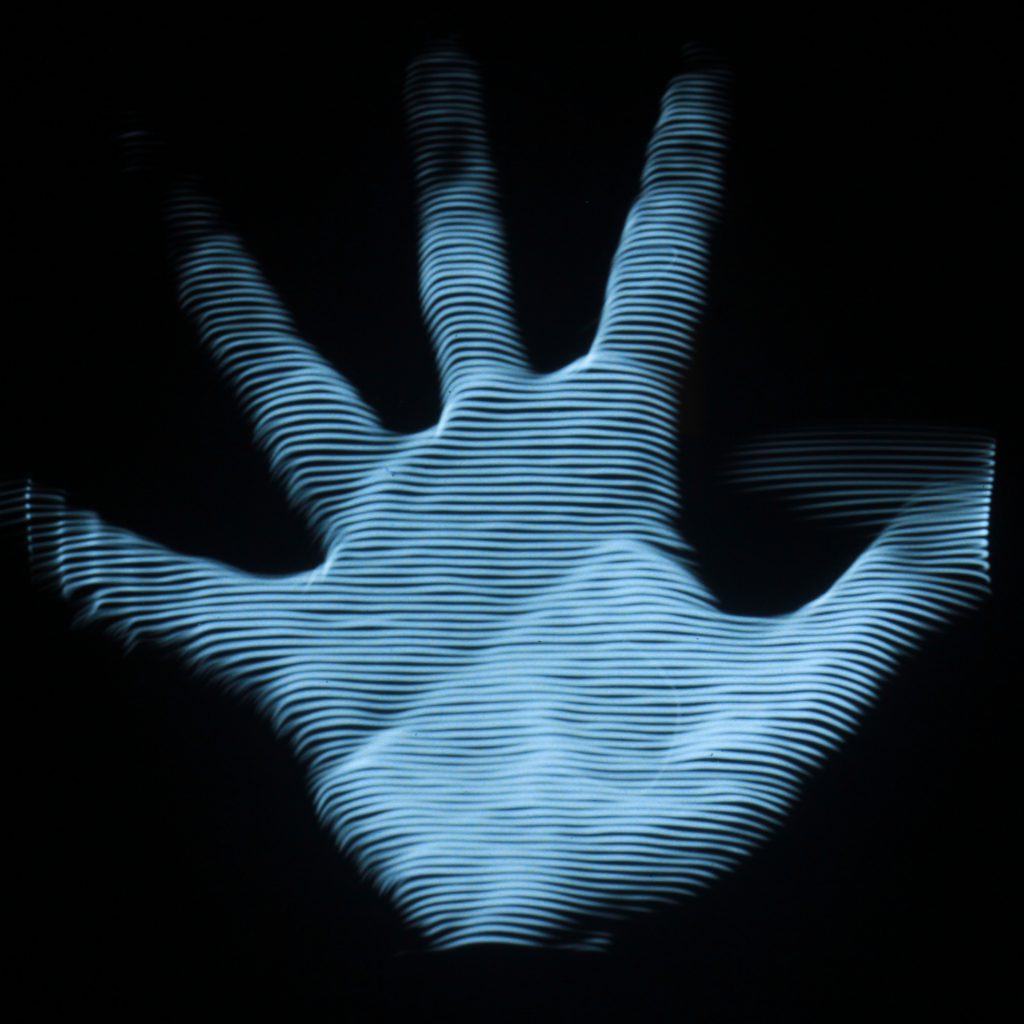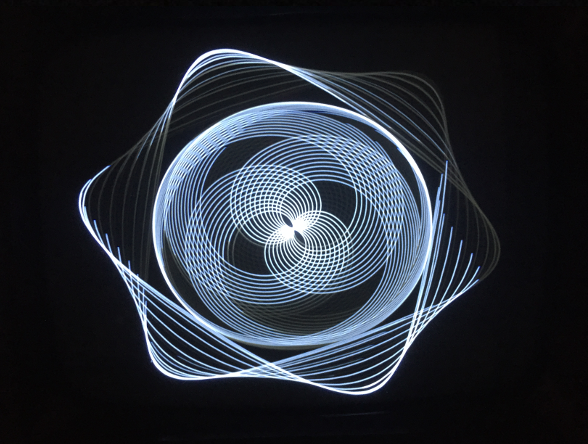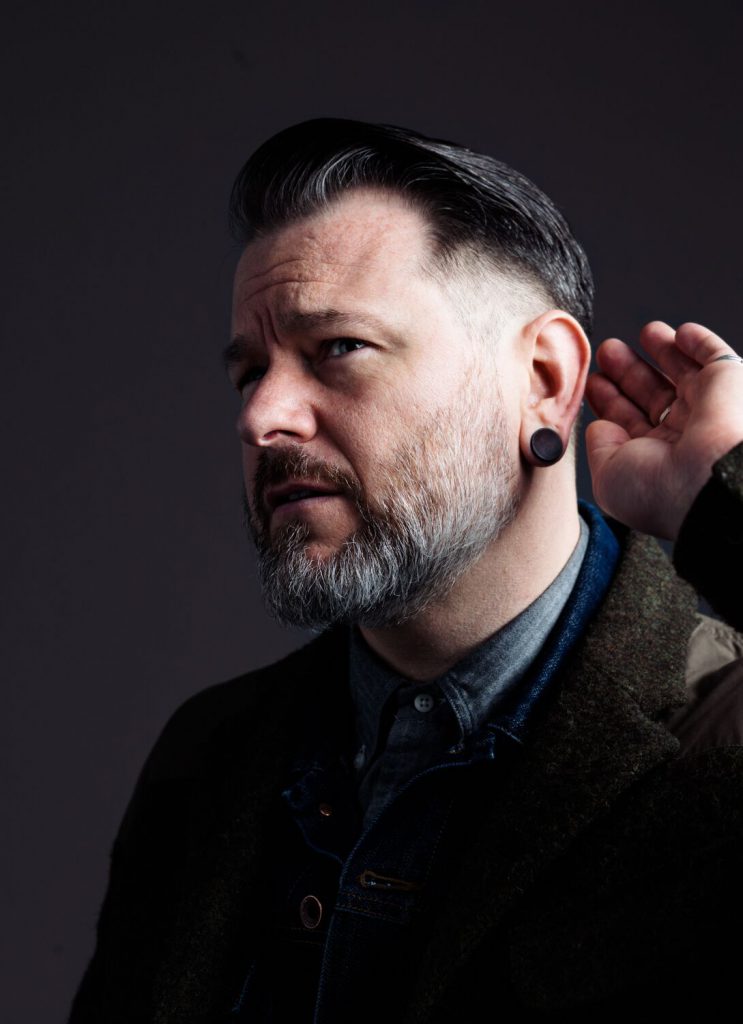
Friday March 15th: PERFORMANCE
Vector Synthesis
Vector Synthesis is an audiovisual, computational art project using sound synthesis and vector graphics display techniques to investigate the direct relationship between sound+image. It draws on the historical work of artists such as Mary Ellen Bute, John Whitney, Nam June Paik, Ben Laposky, and Steina & Woody Vasulka among many others. Audio waveforms control the vertical and horizontal movements as well as the brightness of a single beam of laser light, tracing shapes, points and curves, and what is seen and heard are both an expression of the same electronic signal.

Saturday March 16th: TALK
A Media Archaeology Of Vector Graphics
The development of any kind of technology combines utopian and dystopian tendencies, and nowhere is that more true than in the development of computer vector graphics. Taking the activation of the SAGE (Semi-Automatic Ground Environment) defense stations in the United States in 1958 as its starting point, this talk explores the military/scientific legacy at the heart of modern computing and attempts by artists of the 50’s, 60’s, and 70’s to decouple these tools from their destructive origins.

BIO
Derek Holzer (USA 1972) is a sound + light artist based in Helsinki & Berlin, whose current interests include DIY electronics, audiovisual instrument building, the relationship between sound and space, media archaeology, and participatory art forms. He has performed live, taught workshops and created scores of unique instruments and installations since 2002 across Europe, North and South America, and New Zealand. In 2018, Holzer co-organized together with Ivan Marušić Klif the Vector Hack Festival for experimental audiovisual vector graphics in Zagreb HR and Ljubljana SI.The development of any kind of technology combines utopian and dystopian tendencies, and nowhere is that more true than in the development of computer vector graphics. Taking the activation of the SAGE (Semi-Automatic Ground Environment) defense stations in the United States in 1958 as its starting point, this talk explores the military/scientific legacy at the heart of modern computing and attempts by artists of the 50’s, 60’s, and 70’s to decouple these tools from their destructive origins.